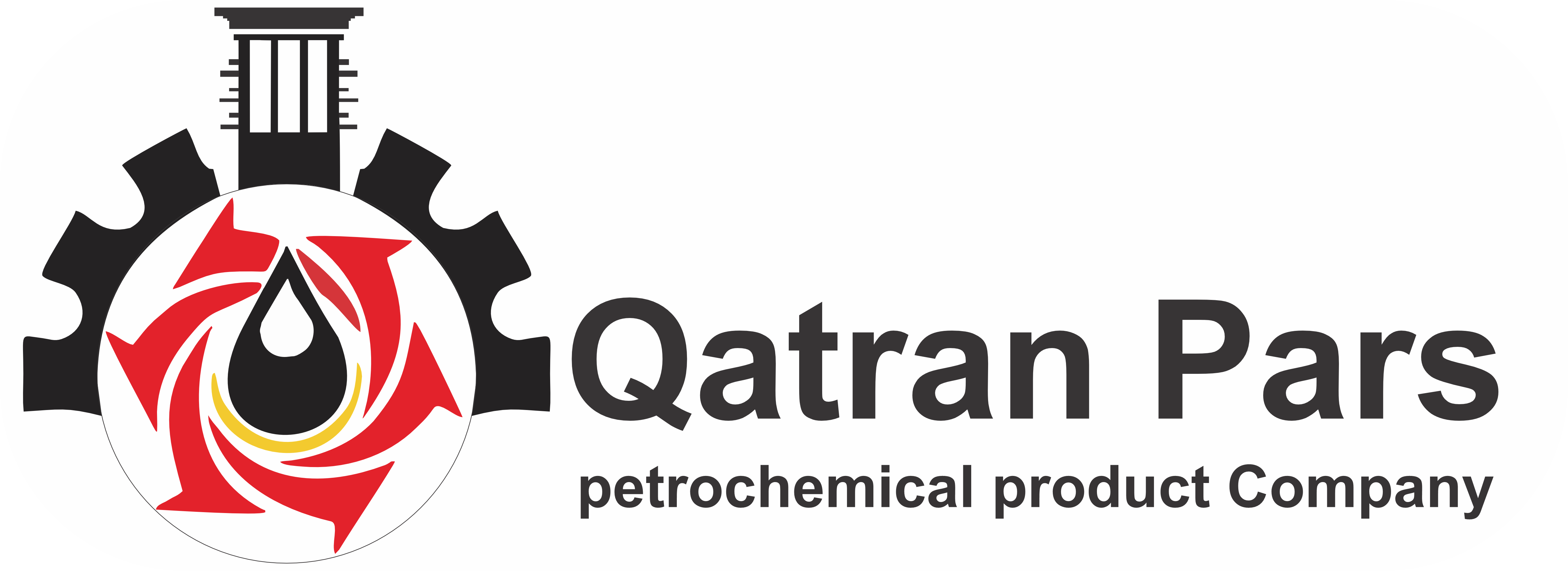Material safety data sheet
Material safety data sheet is one of the obligatory documents that should be provided by the supplier for onboard loadings. If a hazardous commodity such as Caustic Soda is exported, it should be transported in a safe proper container away from the others especially foods.
Therefore, MSDS is very critical while loading goods. Here comes the Material safety data sheet of all our petrochemical products.
Useful to know that CHIP which stands for Chemical Hazard Information and Packaging for Supply helps to make a risk assessment required by the control of substances hazardous to health regulation (COSHH).
Material safety data sheet indicates the possible dangers of a product. Supplier is in charge of presenting MSDS to the shipping company and the customer.

Bitumen Asphat

Bitumen Oxidized

Bitumen Penetration Grade

RPO 40

RPO10

Base Oil Recycle

Base Oil Virgin

Urea Prilled

Urea Granular

Parafin Wax

Sulfur Lump

Sulfur Granular

Slack Wax
MATERIAL SAFETY DATA SHEET
BITUMEN MSDS
Road Construction
1. Identification of substance and supplier Substance/preparation:
Bitumen Supplier: www.qatranpars.com
Email: info@qatranpars.com
Date of revision: DEC 2016
Hazard Information
2. Composition/information on ingredients
The product contains no dangerous substances per EC Directive 67/548/EEC and further modifications and adaptations pointed out in this publication.
3. Hazardous identification
Inhalation of vapor or mist can cause headache, nausea, irritation of nose and lungs. Eye Contact with material can cause slight irritation. Prolonged or repeated skin contact can cause slight skin irritation.
Emergency Action
4. First-aid measures
Eye contact: If the substance has entered the eyes then irrigate with emergency eye wash solution (if available) or clean water for up to 15 minutes. Seek medical attention.
Skin contact: Remove contamination with proprietary skin cleaner, followed by washing with soap and water. If irritation persists, seek medical attention.
Ingestion: If swallowed seek medical advice immediately. Do not induce vomiting.
Inhalation: If inhalation occurs, remove the patient into fresh air. Keep warm and at rest.
5. Firefighting measures
There are no risks of fire or explosion as the products identified are noncombustible. The product is non-flammable but it can cause dangerous fumes if there is a fire. If necessary wear breathing apparatus.
6. Accidental release measures
Avoid skin contact, wear suitable protective equipment (see 8.1). Cleaning up: Extinguish sources of heat and fire. Cover leaks
with absorbent material such as sand. Disperse left-over material with water or foam spray, do not use vacuum.
Precautions
7. Storage & handling
Storage: Store in unopened containers. Storage temperature limits are 1 deg c to 50 deg c.
Handling: Avoid prolonged skin contact, avoid contact with eyes. Take usual hygiene measures. Ensure adequate ventilation.
8. Exposure controls/personal protection
Personal protective equipment
Respiratory protection: Use breathing apparatus in case of inhaling vapors for a long-time.
Hand & skin protection: Avoid skin contact by wearing protective clothing, for example waterproof gloves, overalls and boots. Change heavily contaminated clothing as soon as possible and launder before re-use.
Eye protection: Wear waterproof protective glasses.
Product Information
9. Physical & chemical properties
FORM Solid
COLOR Black
ODOR Characteristic
SPECIFIC GRAVITY 1.00
SOLUBILITY IN WATER Dilutable
ALKALINITY –PH N/A
BOILING POINT/BOILING RANGE > 250″C
MELTING POINT/MELTING RANGE > 100″C
FLASH POINT N/A
FLAMMABILITY & AUTO FLAMMABILITY N/A
OXIDIZING PROPERTIES N/A
VAPOR PRESSURE N/A
10. Stability & reactivity
The product is stable in normal usage & storage conditions at environmental temperatures. Thermal decomposition or burning may release oxides of carbon and other toxic gases or vapors.
11. Toxicological Information
See 10,
12. Ecological information
There are no known Eco Toxic effects in the existing patterns of production, handling, storage and use,
13. Disposal considerations
Coagulate the dispersion by the stepwise addition of ferric chloride and lime, Remove the clear supernatant and flush to a chemical sewer. Incinerate liquid and contaminated solids in accordance with local, state, and federal regulations.
Additional Information
14. Transport information
Not hazardous, Classification for conveyance – not required, Goods are None DG as per lATA regulations.
